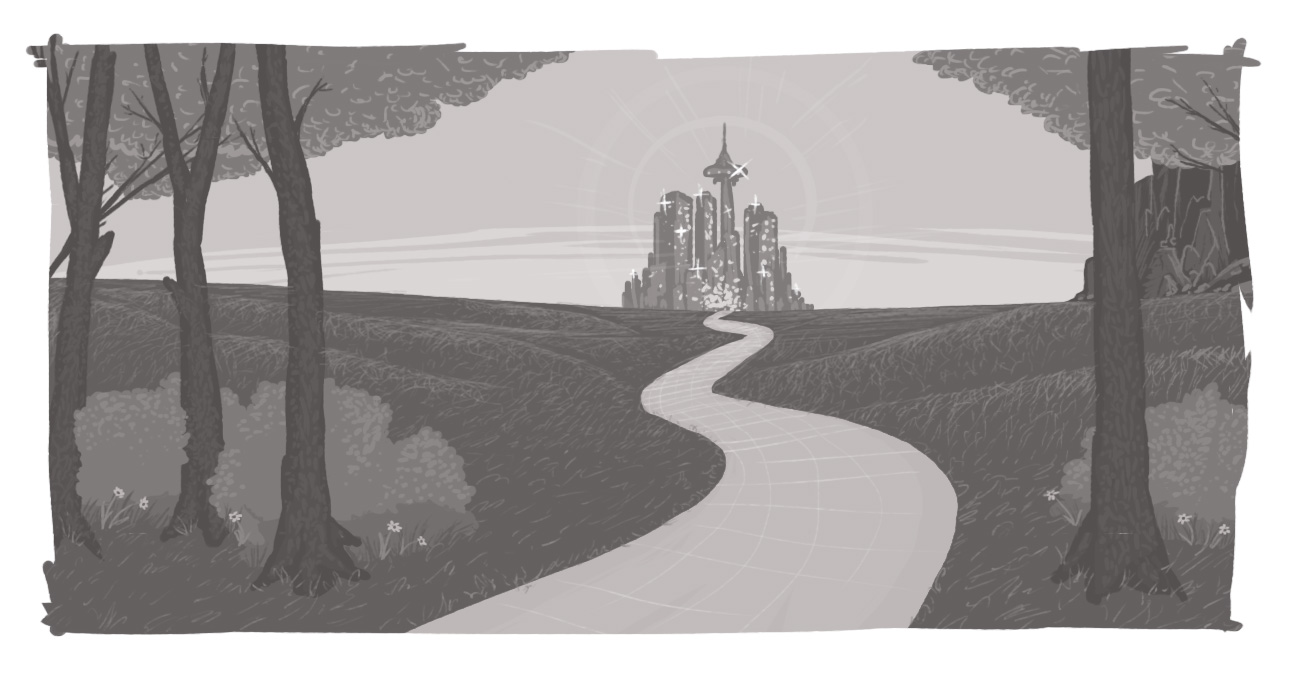Snowstorm Lessons: Clearing a Path to Success

We got a bit of snow in London today. Nothing blizzard-like, mind you, but more than enough to make it tough to get around. Walking to work, I navigated my way through many-an-uncleared path, following in the footprints of others, and occasionally diverting my way into traffic.
So while I felt that the weather outside was delightful, for those with accessibility concerns it would be absolutely frightful -- and it got me thinking about how this is a perfect metaphor for developing web accessible content (not to mention increasing your commitment to physical accessibility).
Before It's Needed
I appreciate how hard our City staff work. In large part, they do a thankless job. And while I will argue that we live in Canada and should know snow is coming, the combined forces of budget considerations, limited resources, and Mother Nature's complete disregard for human convenience, can make it challenging to get everything done right.
I walk to work down a fairly significant road in London and the sidewalks on both sides hadn't been cleared. Other streets were fine and, as I write this a few hours after my walk, the uncleared sidewalks still haven't been cleared (it's currently 1 p.m. as I write this -- still no plowing on several key sidewalks, so...)
Accessibility needs to be assured before it becomes an issue. I'm walking to work shortly before 8 a.m., so I don't think it's unfair to expect, given the regular workday hours, that my commute mirrors many others. I can appreciate that we can't be all things to all people -- and if I were on shift at 3 a.m., my expectations would be different.
But it's a safe assumption that there are a lot of people, with and without disabilities, who work a 9-5ish shift. They would need a solution that aligns with their business needs -- not someone else's. And it's the same for business. Your clients need a solution that aligns with their needs, not one that's just more convenient for you.
It's great to say you're committed to inclusion, but if your solutions are only reactive (or, worse, based only upon complaints), you're likely preventing people from reaching you at all. In today's snowstorm, many people with disabilities would have to forgo work, if they have that option, because the accessibility measures aren't in place.
Accessible to One May Not Be Accessible to All
In the case of clearing a path, it's important to remember that good enough for pedestrians isn't good enough for others. We're trying to encourage a broader definition and application of accessibility to help understand that a focus on removing barriers can improve the experience for an incredibly large group of Canadians. Sure, you could argue a footpath equals access, but tell that to someone requiring a wheelchair.
For a moment, let's forget about wheelchairs altogether as it relates to snow removal. In terms of pedestrian traffic, accessibility matters to all types of people:
- Visually impaired;
- Older people requiring walkers;
- People with arthritic issues
- People with bad hips, broken bones, a sprained ankle;
- People pushing strollers;
- People for whom proper footwear is cost-prohibitive.
When we talk about accessibility for all, it's not just lip service. All of us, regardless of our physical status, will benefit from a focus on accessibility. At some point or another, we'll need the support. By focusing on accessible design, we're opening up our content to be accessed by a much broader audience.
Removing Barriers
What happens when someone gets close to where you are but can't take that next step? It's great to have accessibility options on buses, but if there's five feet of piled-up snow at the stop, does it work? Inaccessible doorways, lack of training and awareness -- there are plenty of barriers that we create or perpetuate that make it challenging for people to gain access.
It's no different from your content. If your web presence has barriers to access you're preventing people from accessing and using your content, or completing a transaction.
Removing barriers and building online solutions with accessibility in mind is like rolling out the red carpet to your business. And we don't take that statement lightly -- the principals behind good accessibility also align with the fundamentals of responsive design and search engine optimization. You're going to be easier to find in search, people are going to intuitively understand where they need to go and what actions they need to take, and they'll be able to quickly and easily understand the content because you've removed any potential linguistic comprehension barriers.
You can't control where potential customers will go, but if you focus on accessible design, you're removing any artificial barriers to your content -- and that, in turn, can help to clear a path to success.
How do we make our content accessible?
SUBSCRIBE TO OUR E-NEWSLETTER
 Subscribe
Subscribe


